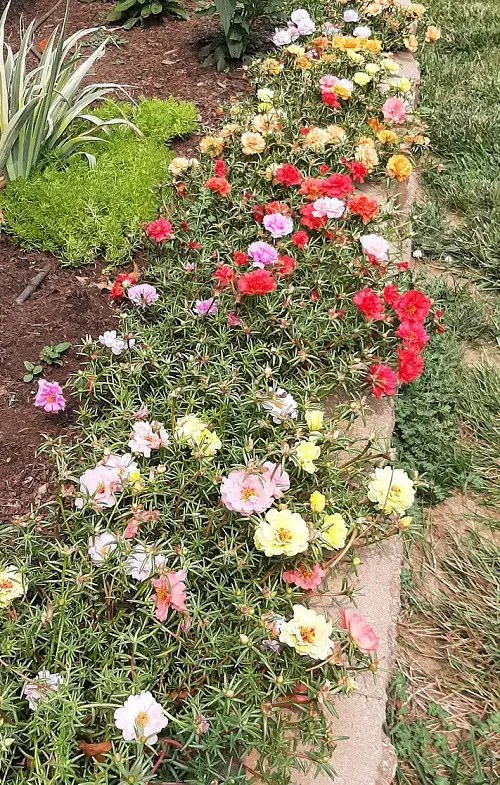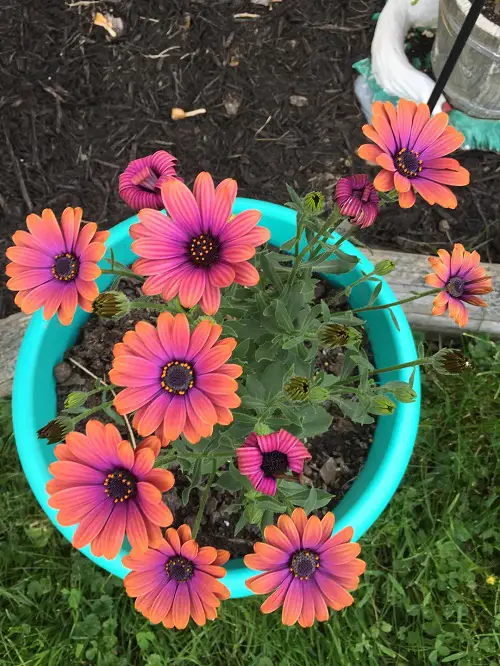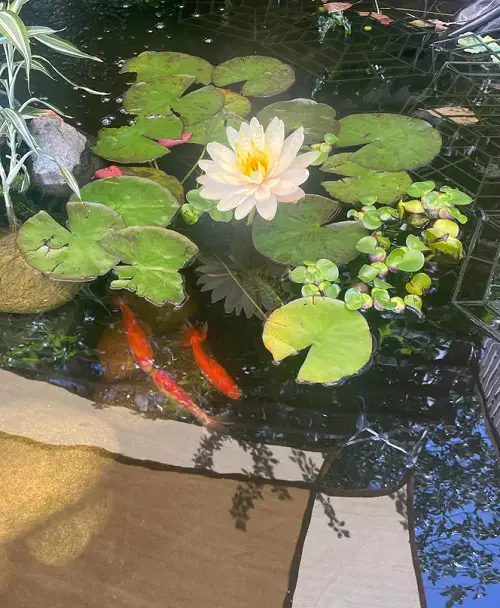Here are some eye-catching flowers that act as botanical performers as they close and open each day with vivid colors!
Most of these flowers open their petals in the morning and close by evening. This unique feature is not only for the show but also protects them from harm and helps them thrive. Lucky for you, they’re also quite beautiful and a great addition to any garden!
Flowers That Close And Open Every Day
1. Moss Rose

Botanical Name: Portulaca grandiflora
If you have ever passed by a sunny garden and caught a glimpse of a low-growing mat of color, chances are it was a moss rose showing off. This semi-succulent flower opens only under bright sunlight, usually mid-morning, and gently closes by late afternoon or on cloudy days.
These heat-loving plants are practically made for hot, dry spots where other flowers fail. It survives amid neglect, so if you are a busy gardener living in hot climates, no plant is better than this. Just avoid overwatering, as too much moisture will actually prevent blooming.
2. Gazania

Botanical Name: Gazania rigens
Gazanias wake up with the sun and go to sleep when it goes down. When the light hits, their daisy-like flowers burst open in vivid shades of orange, yellow, pink, and white. This mechanism helps protect their pollen and reproductive organs from night moisture and potential pests.
They’re also fantastic for xeriscaping, and you can even grow them as annuals in cooler climates. Also, pollinators love them, but deer usually don’t, so you can keep them off the property while enjoying the beneficial pollinators.
3. African Daisy

Botanical Name: Osteospermum spp.
These are morning showstoppers. Their petals unfurl during sunrise to reveal a central disk in shades of violet, gold, or even electric blue. You will see these flow closing when the sun begins to set or even when a cloudy spell hits.
These daisy relatives hail from arid regions of Africa, which explains their sun-seeking nature. Unlike traditional daisies, Osteospermum varieties will bless you with unusual color combinations and spoon-shaped petals that give them a lovely appearance.
4. Tulip

Botanical Name: Tulipa spp.
Though often thought of as once-a-year bloomers, tulip flowers actually close and open every day during their short blooming season. Each of these opens wide in the sun, often by mid-morning, and curls shut in the evening or when it gets cold.
This action preserves the flower’s life span and makes them long lasting. If you crave the best display, plant these bloomers in well-draining soil at a spot with full sun. Go for the perennial varieties, which will come back in full bloom each spring. And once they bloom, do this; you’ll be surprised by the results!
Pro Tip: Remember to plant them deep, about 6–8 inches, to protect them from temperature swings that could interrupt their natural open-close cycle.
5. Calandrinia

Botanical Name: Calandrinia spectabilis
Calandrinia might not be the most famous plant on this list, but it certainly knows how to put on a daily show. Its colorful blooms open as the morning light hits and often stay open for sunny hours. Once the daylight turns dim, the petals slowly shut again.
You will love this Chilean native. It prefers arid environments and utilizes its daily blooming rhythm to conserve moisture and energy. With fleshy leaves and sprawling stems, Calandrinia acts like a succulent in disguise and is ideal for rock gardens.
6. Waterlily

Botanical Name: Nymphaea spp.
Something is undeniably magical about a waterlily opening up as morning breaks over a calm pond. These aquatic beauties rise to the surface and bloom each day, often closing by early evening. This cycle is closely tied to temperature and light levels, which help protect the inner flower of the waterlily from cool nights and dew.
Many varieties continue this pattern for 3–5 days per flower until the bloom’s lifecycle ends. If you are growing them in a container pond or garden feature, ensure they receive at least 5–6 hours of direct sunlight.
7. Four O’Clock

Botanical Name: Mirabilis jalapa
Don’t let the name fool you, as these flowers are a bit rebellious with their timing. While most flowers open in the morning, these charming plants wait until late afternoon, usually around 4 p.m., to reveal their blooms. They stay open through the evening and close by morning, following a reverse schedule.
This nighttime blooming helps attract evening pollinators like moths and bees. Also, they’re known for their fragrant scent and fascinating color patterns, which add to their appeal.
Pro Tip: Water them deeply once a week for more consistent blooming and avoid over-fertilizing.
If you like plants with a bit of movement, these flowers are a good choice. They follow the sun and bring a small change to your garden every day. And they look amazing!


